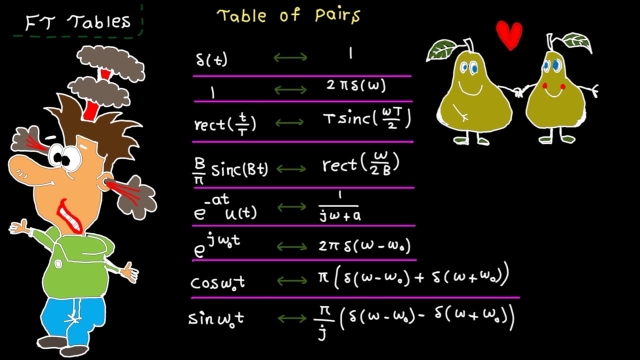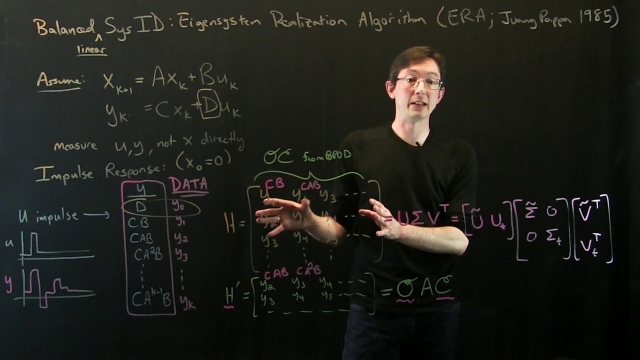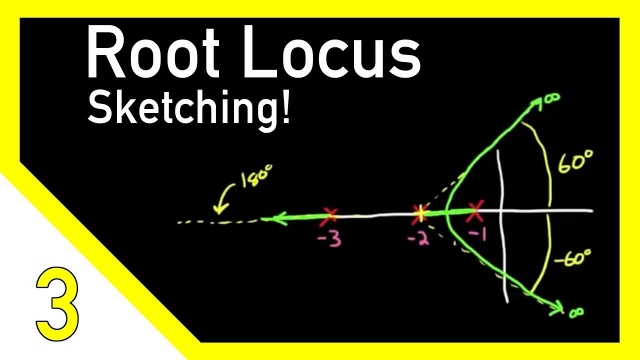
The Inverse Laplace Transform
In this video we show how to perform the inverse Laplace transform on a signal in the Laplace domain to obtain its equivalent representation in the time doma...
See MorePeter Ponders PID - Integrated Time Absolute Error - 4 Pole example
This video shows how to calculate the coefficients for a 4 pole ITAE and how to use the 4 pole ITAE to calculate closed loop controller gains.
See MoreStanford CS234: Reinforcement Learning | Winter 2019 | Lecture 3 - Model-Fr...
Professor Emma Brunskill
Assistant Professor, Computer Science
Stanford AI for Human Impact Lab
Stanford Artificial Intelligence Lab
Statistical Machine Learning Group
Understanding Sensor Fusion and Tracking, Part 3: Fusing a GPS and IMU to Es...
This video continues our discussion on using sensor fusion for positioning and localization by showing how we can use a GPS and an IMU to estimate and object’s orientation and position. We...
See MoreFinal Value Theorem
In this video we discuss the Final Value Theorem. Given a signal in the Laplace domain, this allows us to predict the steady state value of the signal in th...
See MorePeter Ponders PID - FeedForwards - Basics - What they do
RL Course by David Silver - Lecture 4: Model-Free Prediction
An introduction to Monte-Carlo Learning and Temporal Difference Learning
See MoreThe Fourier Transform and Convolution Integrals
This video describes how the Fourier Transform maps the convolution integral of two functions to the product of their respective Fourier Transforms.
See MoreKoopman Spectral Analysis (Representations)
In this video, we explore how to obtain finite-dimensional representations of the Koopman operator from data, using regression.
See MoreControl Systems with MATLAB - Time Domain Analysis
Singular Value Decomposition (SVD): Mathematical Overview
This video presents a mathematical overview of the singular value decomposition (SVD).
See MoreTutorial on Root Locus
Control Systems Lectures - Time and Frequency Domain
This lecture introduces the time and frequency domains. A very quick description of the Laplace Transform is given which will be the base of many of classical control lectures in the future...
See MoreRouth Stability Criterion Intro and Example
I introduce and walk through an example problem of how we can use the Routh Stability Criterion to rigorously determine the necessary and sufficient conditio...
See MoreThe Navigation Equations: Computing Position North, East, and Down
In this video we show how to compute the inertial velocity of a rigid body in the vehicle-carried North, East, Down (NED) frame. This is achieved by rotating the velocity expressed in the...
See MoreIMC Design of an Unstable Process Example
In this video, I cover how we can use IMC method to rigorously design a controller for an inherently unstable process (has a positive pole).
See MoreDerivation of Rodrigues’ Rotation Formula
In this video we explain and derive Rodrigues’ Rotation Formula. This functions describes how to rotate an arbitrary vector about another arbitrary axis of rotation. This has applications to...
See MoreNeural Networks: Caveats
This lecture discusses some key limitations of neural networks and suggests avenues of ongoing development.
See MoreRelative Gain Array RGA and Input Output Pairing
The RGA is a tool used by process engineers to determine how to pair inputs and outputs during controller design to strive for better performance and robustn...
See MoreData Preprocessing and the Short-Time Fourier Transform | Deep Learning for ...
Data in its raw form might not be ideal for training a network. There are some changes we can make to the data that are often desired or sometimes necessary in order to make training faster...
See MoreDegrees of Controllability and Gramians [Control Bootcamp]
This lecture discusses degrees of controllability using the controllability Gramian and the singular value decomposition of the controllability matrix.
See MoreFrequency domain – tutorial 6: Fourier transform tables
In this video, we learn about Fourier transform tables which enable us to quickly travel from time to the frequency domain. The main learning objective is to...
See MoreData-Driven Control: Eigensystem Realization Algorithm Procedure
In this lecture, we describe the eigensystem realization algorithm (ERA) in detail, including step-by-step algorithmic instructions.
See MoreCourse Introduction (Signal Processing 101)
Learn Signal Processing 101 in 31 lectures covering time, frequency and Laplace domain in about 8 hours all together:https://www.youtube.com/watch?v=KZd68xga...
See MoreSketching Root Locus Part 2
This is the second part of how to sketch a root locus by hand. However instead of following the normal rules for sketching a locus that you'd see in a book, I decided to explain the rules...
See More

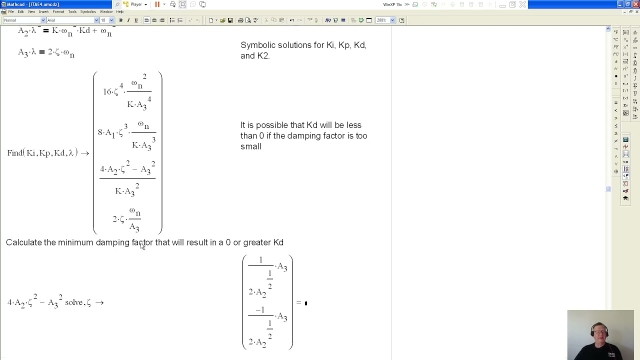
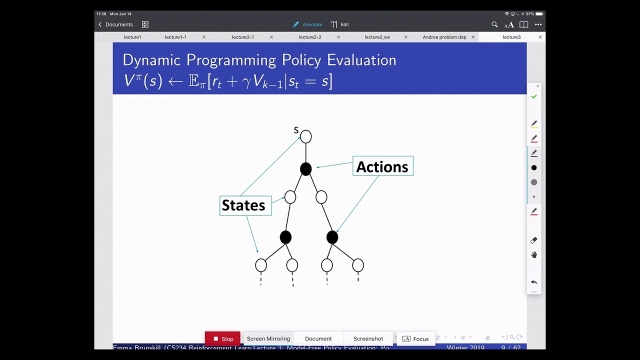

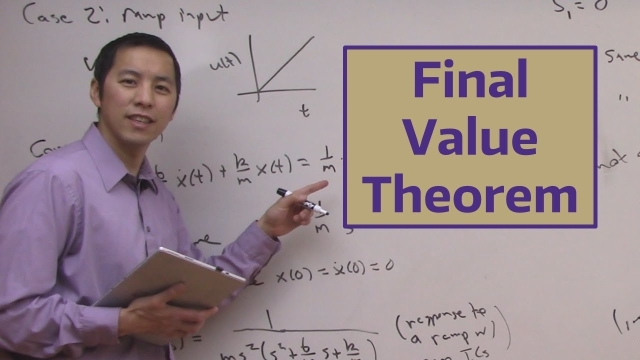
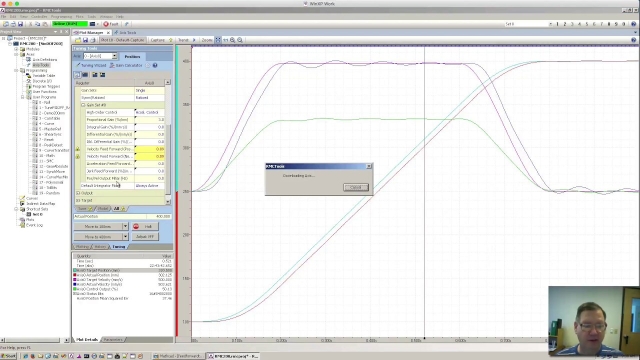
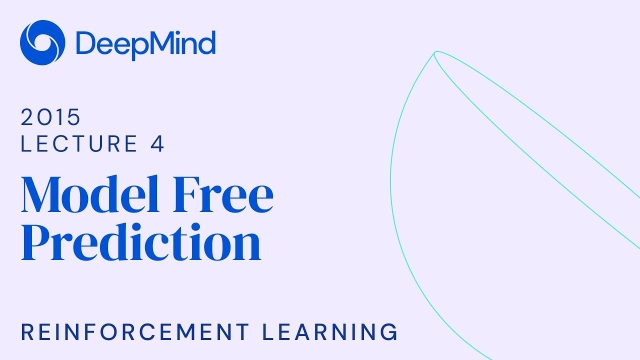
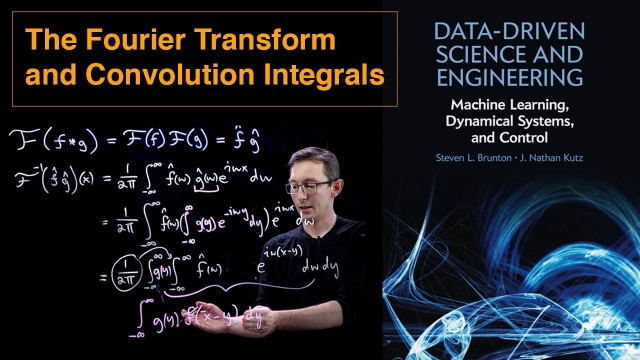
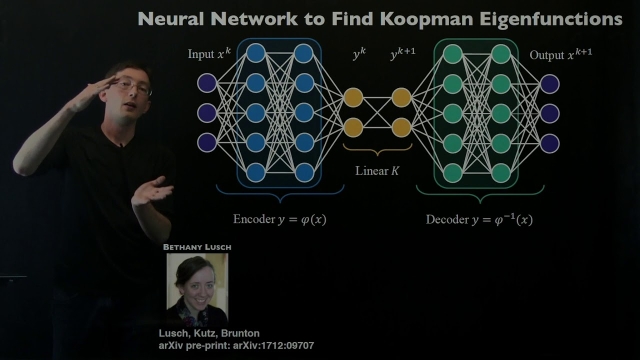
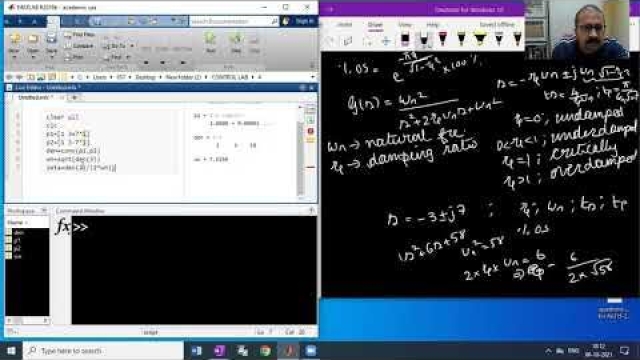
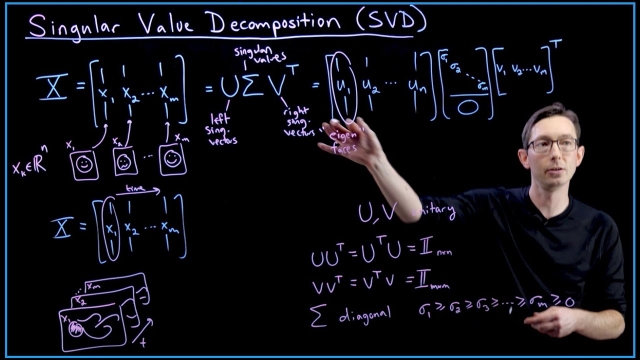
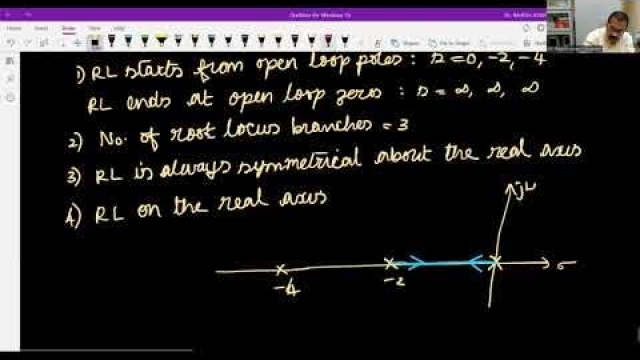
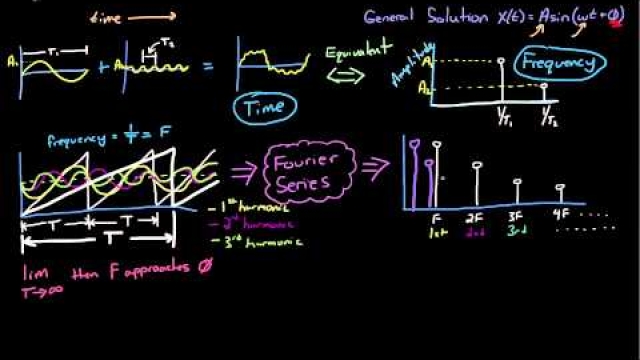
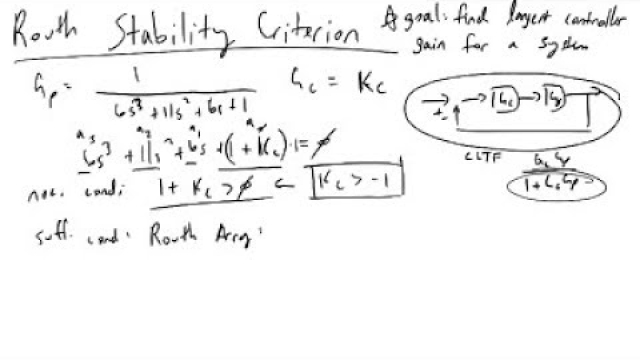
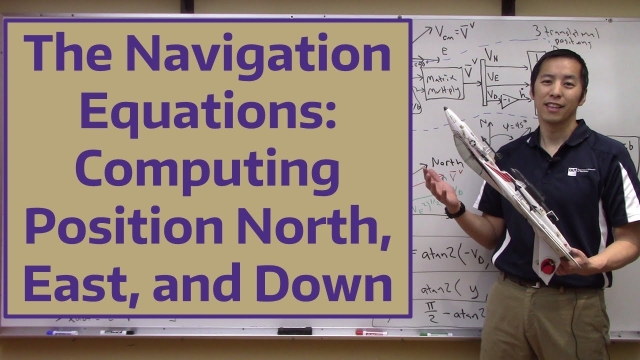
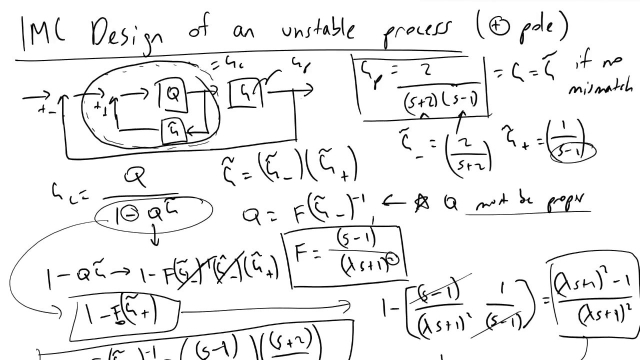
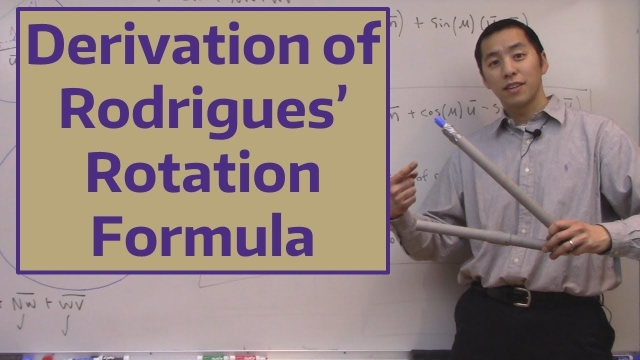
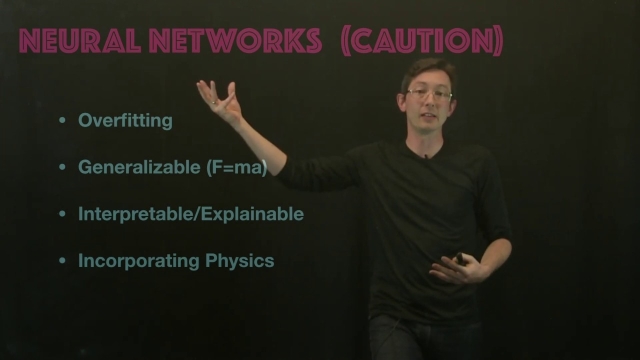
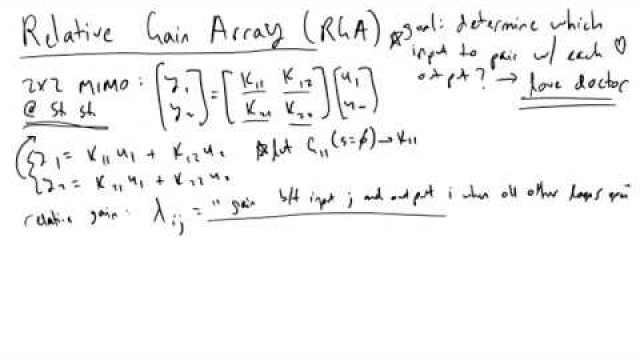
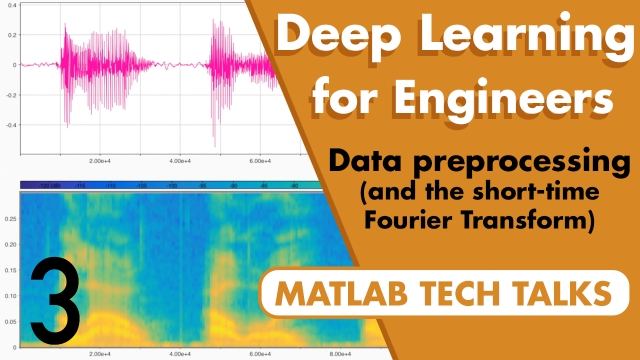
![Degrees of Controllability and Gramians [Control Bootcamp]](/sites/default/files/styles/search_resulkts/public/2020-12/maxresdefault_305.jpg?itok=6ZkiWCDa)
